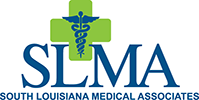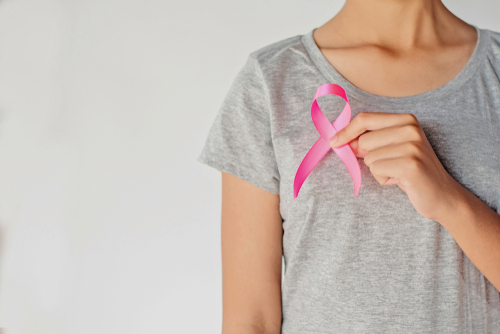Early detection is critical when it comes to a cancer diagnosis. In general, we have an easier time treating cancer if we can catch it early than after it has time to get established. Regular screenings provide the best chance at early detection, which means that they are vital – especially for those who are genetically predisposed. We believe that every woman should understand the screening process and their own medical needs so they can minimize their cancer risks.
When Should You Get Screened?
The risk of developing cancer varies from one woman to the next, so some need to start screening earlier than others. That having been said, the American Cancer Society provides cancer screening guidelines that are appropriate for most people. It is always best to talk to a doctor to work out a personalized plan, but the basic system is a good rule of thumb.
- Most women should start considering annual mammograms when they turn 40, and definitely start getting them by the age of 45.
- Many women can start getting them every other year once they turn 55.
- Women should always keep an eye on their breasts and get tested for cancer if they detect any new lumps or other changes.
Factors to Consider
Some women are at greater risk of developing breast cancer than others. Women with a family history of breast cancer, a personal history of breast disease, or have undergone some medical treatments may need to adjust their screening plan to deal with that risk. It is always best to discuss those factors with the doctor before starting the screening process.
How Does It Work?
We have a couple of different ways to screen for breast cancer that are based on the individual patient’s cancer risk and other factors.
- The most basic screening method is to manually check the breasts for lumps. We can do it in a clinical setting, but women can also check their own breasts at home. We encourage women to do it at least once each month and talk to a doctor if they find any irregularities.
- Mammograms are the most common option. They are essentially X-ray examinations of the breasts. We use the images to look for early signs of cancer.
- We also use MRI testing for women that are at a higher risk for breast cancer. It is more sensitive than a traditional mammogram, but also has more false-positive results, so we usually use it as a supplement to other tests.
The best way to figure out which screening method to use is to ask a doctor. A simple conversation will make sure that you can get the care that you need in order to stay safe. All you need to do is get in touch with us and make an appointment to discuss screening.

